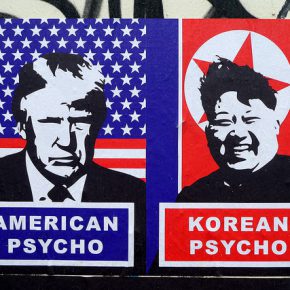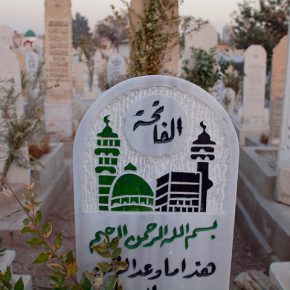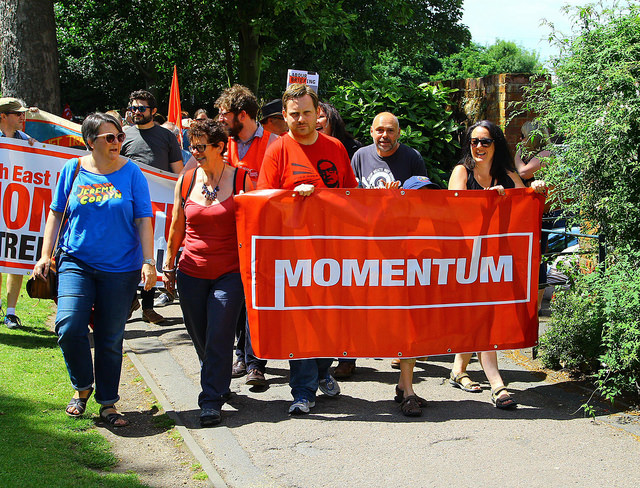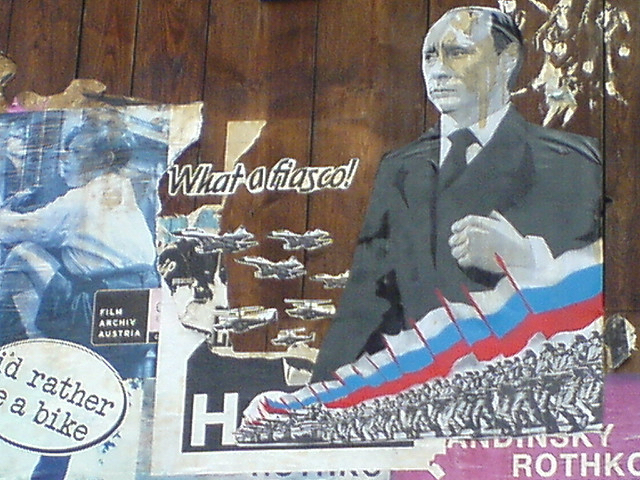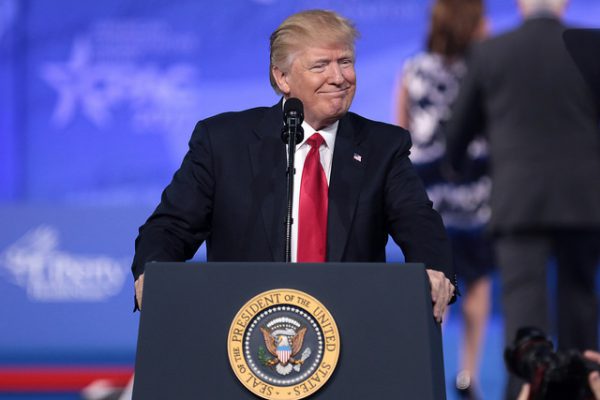The statistics are in. One anti-racist protester, Heather Heyer, 32, is dead. One member of the International Socialist Organization is injured, as are two members of the Democratic Socialists of America. And so are at least a dozen more.
The epicenter of the bloodshed isn’t random. Far-right groups gathered in Charlottesville, Virginia, the home the University of Virginia, to protect a statue of the Confederate general, Robert E. Lee. But the school is also one of the most prestigious public universities in the United States and is the alma mater of Richard Spencer, a major figure of the white nationalist alt-right and organizer of the Unite the Right rally, at which a vehicular attack against non-violent anti-racist protesters claimed Heyer’s life.
The ferocity of this white nationalist movement, once scoffed at by liberals who believed the culture war had ended in their favor, has proven to be a mighty lion. It’s almost already forgotten that an Industrial Workers of the World member was shot by a Milo Yiannopoulos supporter in Seattle and a racist anti-ANTIFA partisan killed two people and critically injured one in Portland. Add that to the more than 1,000 racial bias incidents tracked by the Southern Poverty Law Center since the 2016 presidential election.
As much as we wanted to also laugh at this latest gathering, it ended in the deliberate killing of leftists, and with Donald Trump, their political leader, in power and leading campaigns against immigrants and affirmative action, there’s no reason to think this is an isolated incident. On one end we have the state, with agencies like Immigration and Customs Enforcement terrorizing communities of color, and on another, by the SPLC’s count, more than 600 far-right armed “patriot groups” and more than 100 known Ku Klux Klan chapters around the nation.
The looming fear is about what’s next. There will be another rally, and another comrade will die. Another alt-right partisan will attack a black person, a trans person or a Muslim in public place. We wonder how, if it all, we can fight this. “Resist the Nazis,” “bash the fash” and “stop racism” are the catchphrases, but what do these things mean?
This sense of fear and hopelessness comes right at a time of surprising positive possibility for the American left. The once obscure DSA (disclosure: I’m a rank-and-file member) has more than doubled its membership since Trump’s election, recently reaching 25,000 members. Hardly a day passes when an American newspaper doesn’t wonder why socialist politics are popular again, although we know that stagnant wages, loss of good jobs, college debt and lack of affordable housing and health care have soured a generation on the idea of market supremacy. And while Senator Bernie Sanders, a social democrat from Vermont, failed to get the Democratic nomination, he remains the most popular active politician in America.
In this context, the attacks aren’t the random spasms of unthinking thugs, but a targeted resistance to a growing political opposition. As Spencer himself told VICE, moderate liberalism and establishment defenses of tepid ideas of “tolerance” and “multiculturalism” no longer pose a threat to white nationalists, as evidenced by the decline of the Democratic Party at every level of government.
The left, coming to terms with this reality, is sensing the urgency and a need for a united anti-capitalist and anti-racist front. Mark Bray, author of the forthcoming ANTIFA: The Anti-Fascist Handbook, said in a phone interview that left-wing opposition to groups like the ones who came to Charlottesville will take a variety of tactics. “There are ANTIFA groups focusing on white supremacist and fascist groups, keeping them from organizing rallies and confronting them and limiting their ability to express themselves,” said Bray, a lecturer at Dartmouth College. “There’s Redneck Revolt, they’ve had success building bridges with right-wing gun owners at gun shows, and sort of changing their minds working through those cultural spaces.”
This is the longer, grassroots-based ideological war that matters. “Fighting fascism is also about building the left,” Bray said. “Fascism grows when the left isn’t addressing people’s problems.”

This means that a reenergized commitment from the far left against white nationalism isn’t a distraction from class organizing but a key part of it. During a rally in New York City’s Union Square the day after the Charlottesville attack, organized by several anti-capitalist organizations, there was a genuine sense that it’s more important than ever for groups to set aside their differences, and to stop creating the false binary that you’re focusing on either racism or class struggle but not both. At one point during one speech, someone in the crowd shouted, “Unite the left,” and the speaker stopped her speech to lead a chant of “United the left against the right.”
“The history of fascism shows if we don’t pay attention to initially small nuclei, they do have the potential to grow,” Bray said. “We need to ideologically infiltrate and influence the broader political discussion.”
That’s why the often tedious and less exciting aspects of political organizing — going to union meetings, canvassing and campaigning in local elections — for the growing new left is part of this anti-fascist struggle. During the rally, DSA member Dan La Botz noted that the white nationalist protesters shouted during their march, “You will not replace us.” To which La Botz responded to the crowd “We will replace you.”
Photographs courtesy of the author. All rights reserved.


